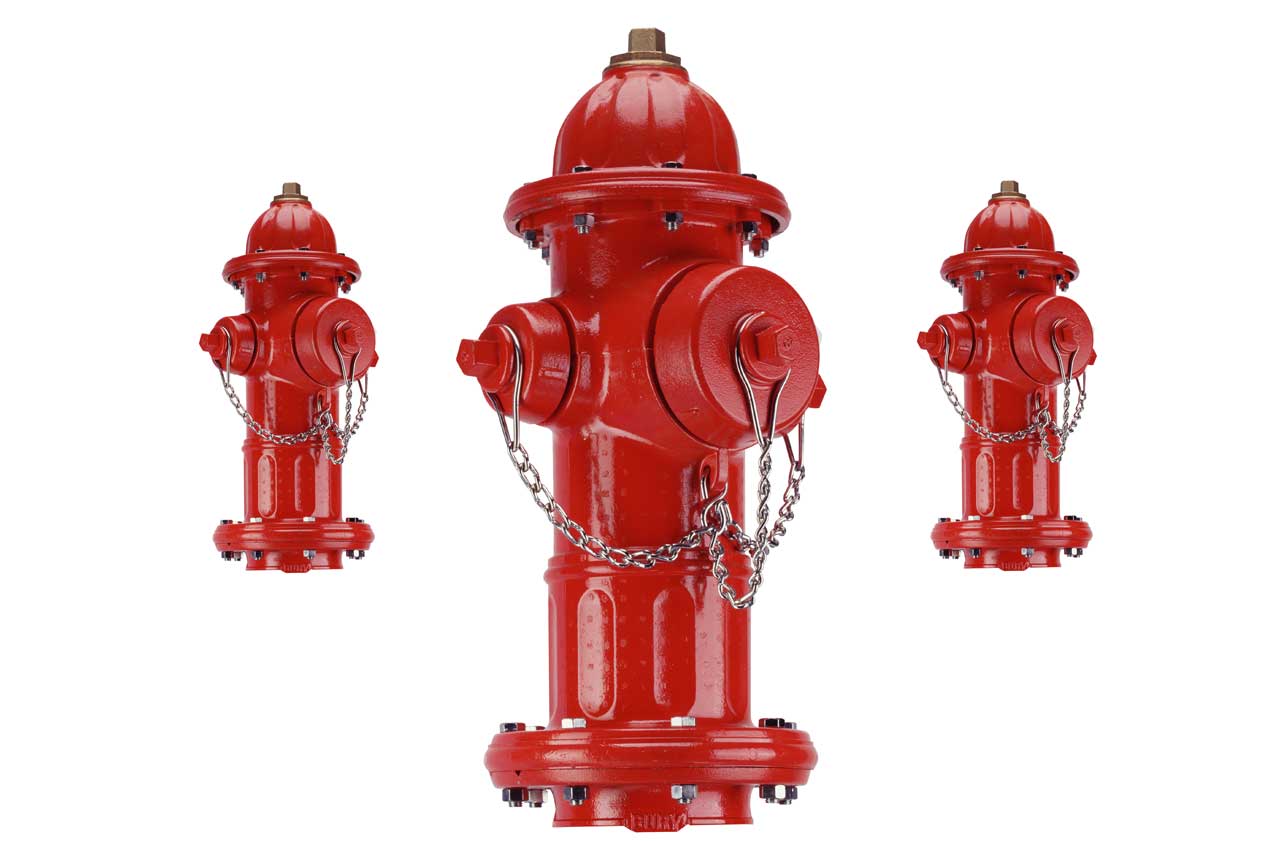8 Stocks Under $10 Worth Buying
Investors have a love-hate relationship with low-priced stocks.

Investors have a love-hate relationship with low-priced stocks. Most institutions avoid stocks that sell in the single digits, mainly because they are hard to trade in large quantities. Many individual investors, by contrast, gravitate toward them because they think it will be easier to hit a double or a triple or a 10-bagger with a stock trading at $2 rather than one selling for $200. That’s not an unreasonable conclusion. The problem with the strategy is that low-priced stocks tend to be risky, so they’re more prone to implode than higher-priced issues.
NEW FOR 2017: 3 Worst Stocks Under $10 to Avoid
Still, because many professionals ignore low-priced stocks, it’s possible to find some great deals in that neglected corner of the market. “The opportunity with low-priced stocks is that you’re looking where no one else is looking,” says Jamie Harmon, comanager of Fidelity Low-Priced Stock (symbol FLPSX), one of a handful of mutual funds that uses share price as a criterion in choosing stocks.
Finding attractive low-priced stocks can take some digging, though, especially in today’s bull market. To help you get started, consider the following eight stocks, all of which trade for $10 or less. All have some of the key attributes you want to see in any company: talented executives, growing sales or profits, and in-demand products or services.
SEE OUR LATEST DIVIDEND PICKS: Kiplinger Dividend 15: Our Favorite Dividend-Paying Stocks
Disclaimer
Stocks are listed in alphabetical order. Prices are as of March 20.

Accuride Corp.
- Headquarters: Evansville, Ind.52-week low/high: $3.54 – $5.91Market capitalization: $216 millionAnnual sales: $705 millionEstimated earnings per share: 2015, $0.31; 2016, $0.49
- SEE OUR PICKS FROM 2016: 8 Good Stocks That Cost Less Than $10
Things are finally falling into place for Accuride (ACW, $4.52), a manufacturer of aluminum wheels and other parts for commercial trucks. The company emerged from bankruptcy protection in 2010 and got a new CEO, Richard Dauch, the following year. Through 2013, Dauch invested $150 million to update Accuride’s facilities, improve quality control and expand production capacity, among other things. Customers have started to return: Sales in 2014 were up nearly 10% from the previous year, and as the U.S. economy improves, demand for new commercial trucks could lift Accuride even more, says George Putnam, editor of The Turnaround Letter, a newsletter that tries to identify battered stocks that are on the mend. Analysts believe Accuride will earn $0.31 per share this year, up from a loss of $0.06 per share in 2014. This volatile stock has dropped 14% since February 27 but has gained 26% since October 1.

Avon Products
- Headquarters: New York52-week low/high: $7.10 – $15.80Market capitalization: $3.3 billionAnnual sales: $8.9 billionEstimated earnings per share: 2015, $0.60; 2016, $0.73
Some low-priced stocks require patience, and Avon (AVP, $7.63), the global door-to-door seller of beauty products, is one of them. The stock peaked in 2004 at more than $35 per share and has been in retreat ever since. To add insult to injury, Avon was kicked out of Standard & Poor’s 500-stock index on March 20, reflecting the company’s shrunken stature. Management missteps and a bribery scandal in China have been at the root of Avon’s fall. So in 2012, Sherilyn McCoy, a former executive at Johnson & Johnson, took over as CEO to engineer a turnaround. She has slashed $400 million in costs and is streamlining Avon’s product lineup. But she’s finding one headwind over which she has little control: the robust dollar. Avon derives more than 80% of its sales overseas, and that was the key reason fourth-quarter earnings came in a nickel a share below analysts’ expectations.
Still, some signs of improvement exist. Sales in the United Kingdom grew last year, for the first time since 2010, and McCoy says the company’s North American business is expected to turn profitable in 2015, thanks to further cost reductions. All told, analysts expect Avon to earn 60 cents a share this year, compared with a loss in 2014, and to make 73 cents a share in 2016. A return to consistent profitability should boost the stock.

Cowen Group
- Headquarters: New York52-week low/high: $3.52 – $5.53Market capitalization: $607 millionAnnual sales: $384 millionEstimated earnings per share: 2015, $0.44; 2016, $0.58
Consider Cowen Group (COWN, $5.43) as a backdoor way to benefit from the biotech boom. The firm offers two services: asset management through its Ramius unit, and investment banking services through Cowen and Company. The latter’s clients are primarily institutional investors in select industries, including health care. With numerous biotech companies going public, Cowen has been doing gangbuster business. Last year, earnings jumped more than sevenfold, to $0.37 per share. Michael Corbett, comanager of Perritt Low Priced Stock Fund (PLOWX), which invests in stocks priced at $15 or less, says Cowen shares could hit $6.50 in the next 12 months. Of course, should the biotech surge end, Cowen would be vulnerable. But at the current price, the stock trades at less than 90% of Cowen’s 2015 estimated book value (assets minus liabilities), a bargain in today’s rich stock market. Cowen’s leaders agree: On February 25, directors boosted a share-repurchase program by $14.7 million, to a total of $25 million.

Callaway Golf
- Headquarters: Carlsbad, Calif.52-week low/high: $6.79 – $10.35Market capitalization: $666 millionAnnual sales: $887 millionEstimated earnings per share: 2015, $0.00; 2016, $0.28
A slowdown in the number of people playing golf and a string of bad acquisitions has weighed down the stock of this iconic maker of clubs and golf balls. But CEO Chip Brewer, who has been in charge since 2012, is driving Callaway (ELY, $8.58) back down the middle of the fairway. Brewer has sold off noncore golf ball and equipment brands, such as Top-Flite and Ben Hogan. He’s also reduced costs and rolled out new products, including the well-received X2 Hot clubs and a revamped Big Bertha driver. Moreover, Callaway’s slice of the golf market is growing, says investment bank Raymond James.
All of this is starting to pay off. Revenues rose 5.2% last year, and Callaway was in the black for the first time since 2008. Because of the strong dollar, however, analysts expect Callaway to only break even this year. The stock remains well below its 1997 peak of $35.50, suggesting plenty of room for growth. Investors seem to think so, too: The stock has risen 24% since early October.

MGIC Investment
- Headquarters: Milwaukee, Wis.52-week low/high: $7.16 – $9.91Market capitalization: $3.4 billionAnnual sales: $942 millionEstimated earnings per share: 2015, $0.84; 2016, $0.96
It goes without saying that MGIC Investment (MTG, $9.88), the parent company of the home loan insurer Mortgage Guaranty Insurance Corporation, suffered during the housing crisis. In 2008, the stock gave up 84%, more than double the loss of the S&P 500. But unlike many of its competitors, MGIC survived the turmoil. After racking up huge losses every year between 2007 and 2013, the company turned profitable last year, thanks to a decline in mortgage delinquencies and an improving real estate market, and analysts expect earnings to rise 31% in 2015, to $0.84 per share. MGIC underwrote $33.4 billion in new insurance last year, compared with $29.8 billion in 2013. “As MGIC continues to get its legacy business off the books, the improvement in the business will shine through,” Putnam says. The stock traded for less than a buck in 2012, and it is still a long ways from its peak of just below $76, reached in June 2004.

Mueller Water Products
- Headquarters: Atlanta, Ga.52-week low/high: $7.64 – $10.54Market capitalization: $1.6 billionAnnual sales: $1.2 billionEstimated earnings per share: 2015, $0.44; 2016, $0.58
- Mueller Water (MWA, $9.77) makes fire hydrants and water valves and assists municipalities with water services—not exactly exciting stuff. But the company is seeing demand grow for its products and services. In the fiscal year that ended last September, profits climbed 67%. The recovering housing market is helping. “A lot of homebuilders are talking about building out the land that they have, and that’s going to require water lines and fire hydrants,” says Brian Gillespie, comanager of Perritt Low-Priced Stock. Low oil prices could dampen results this year because energy companies account for 19% of sales in Mueller’s commercial business. Mueller disappointed investors when it reported on February 3 that earnings in the October-December quarter came in a penny a share below analysts’ expectations. The stock lost 15% the following day. But overall, the outlook remains bright. Analysts believe profits will rise 47%, to $0.44 per share, in the current fiscal year.

Radiant Logistics
- Headquarters: Bellevue, Wash.52-week low/high: $2.72 – $5.33Market capitalization: $177 millionAnnual sales: $349 millionEstimated earnings per share: 2015, $0.13; 2016, $0.16
Not all penny stocks live to see another day, but Radiant (RLGT, $5.10), which traded for as little as 7 cents per share in 2009, is thriving today. The logistics firm, the smallest company on our list by both market cap and revenues, connects businesses with a network of transportation and delivery providers. In January, the 10-year-old company announced that it would purchase Canadian logistics company Wheels Group for about $76 million (the deal is expected to close in the next few months). As a result, the company says, revenues could reach $750 million in the fiscal year that ends in June 2016, nearly double the $421 million that analysts expect for the June 2015 fiscal year. “Wheels is a great avenue for building out Radiant’s business,” Gillespie says.

Regions Financial
- Headquarters: Birmingham, Ala.52-week low/high: $8.59 – $11.32Market capitalization: $13.0 billionAnnual sales: $5.4 billionEstimated earnings per share: 2015, $0.81; 2016, $0.89
- SEE OUR LATEST PICKS FOR 2016: 8 Good Stocks That Cost Less Than $10
By far the largest company on this list, Regions Financial (RF, $9.64) is a bank holding company with 1,650 branches in the Southeast, Midwest and Texas. The company and its stock took a beating during the Great Recession as loan defaults mounted (the shares bottomed at $2.30 in 2009). But under the leadership of Grayson Hall, who joined the bank in 1980 and became CEO in 2010, Regions is finally shaking off the financial crisis. In the last quarter of 2014, the percentage of loans expected to go unpaid (known as net charge-offs) was 0.42%, down from 0.67% for the same period the year before. Meanwhile, total loan balances increased 4% for the year, driven by both business and consumer borrowing. The diversified loan growth should continue to fuel Regions’ recovery, says S&P Capital IQ analyst Erik Oja, who sees the stock at $11 in a year. Low long-term interest rates have squeezed the amount of profit that Regions can earn on loans, so a rise in rates would boost earnings. The stock trades at 81% of Regions’ book value, compared with a 10% premium for the average regional bank.
Get Kiplinger Today newsletter — free
Profit and prosper with the best of Kiplinger's advice on investing, taxes, retirement, personal finance and much more. Delivered daily. Enter your email in the box and click Sign Me Up.
-
 The AI Doctor Coming to Read Your Test Results
The AI Doctor Coming to Read Your Test ResultsThe Kiplinger Letter There’s big opportunity for AI tools that analyze CAT scans, MRIs and other medical images. But there are also big challenges that human clinicians and tech companies will have to overcome.
By John Miley Published
-
 The Best Places for LGBTQ People to Retire Abroad
The Best Places for LGBTQ People to Retire AbroadLGBTQ people can safely retire abroad, but they must know a country’s laws and level of support — going beyond the usual retirement considerations.
By Drew Limsky Published
-
 The Cheapest Places To Retire in the US
The Cheapest Places To Retire in the USWhen you're trying to balance a fixed income with an enjoyable retirement, cost of living is a crucial factor to consider.
By Stacy Rapacon Published
-
 Can Stocks Picked by Artificial Intelligence Beat the Market? 3 Stocks to Watch
Can Stocks Picked by Artificial Intelligence Beat the Market? 3 Stocks to Watchstocks An artificial intelligence stock-picking platform identifying high-potential equities has been sharp in the past. Here are three of its top stocks to watch over the next few months.
By Dan Burrows Last updated
-
 5 Stocks to Sell or Avoid Now
5 Stocks to Sell or Avoid Nowstocks to sell In a difficult market like this, weak positions can get even weaker. Wall Street analysts believe these five stocks should be near the front of your sell list.
By Dan Burrows Published
-
 Best Stocks for Rising Interest Rates
Best Stocks for Rising Interest Ratesstocks The Federal Reserve has been aggressive in its rate hiking, and there's a chance it's not done yet. Here are eight of the best stocks for rising interest rates.
By Jeff Reeves Last updated
-
 The 5 Safest Vanguard Funds to Own in a Volatile Market
The 5 Safest Vanguard Funds to Own in a Volatile Marketrecession The safest Vanguard funds can help prepare investors for continued market tumult, but without high fees.
By Kyle Woodley Last updated
-
 The 5 Best Inflation-Proof Stocks
The 5 Best Inflation-Proof Stocksstocks Higher prices have been a major headache for investors, but these best inflation-proof stocks could help ease the impact.
By Louis Navellier Published
-
 5 of the Best Preferred Stock ETFs for High and Stable Dividends
5 of the Best Preferred Stock ETFs for High and Stable DividendsETFs The best preferred stock ETFs allow you to reduce your risk by investing in baskets of preferred stocks.
By Kyle Woodley Last updated
-
 What Happens When the Retirement Honeymoon Phase Is Over?
What Happens When the Retirement Honeymoon Phase Is Over?In the early days, all is fun and exciting, but after a while, it may seem to some like they’ve lost as much as they’ve gained. What then?
By T. Eric Reich, CIMA®, CFP®, CLU®, ChFC® Published
